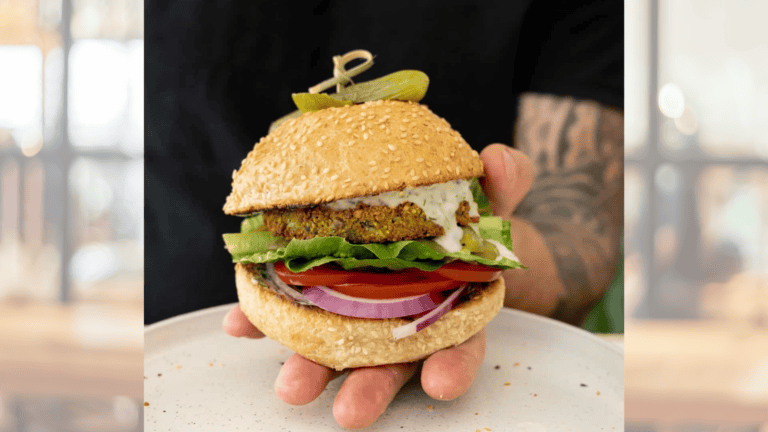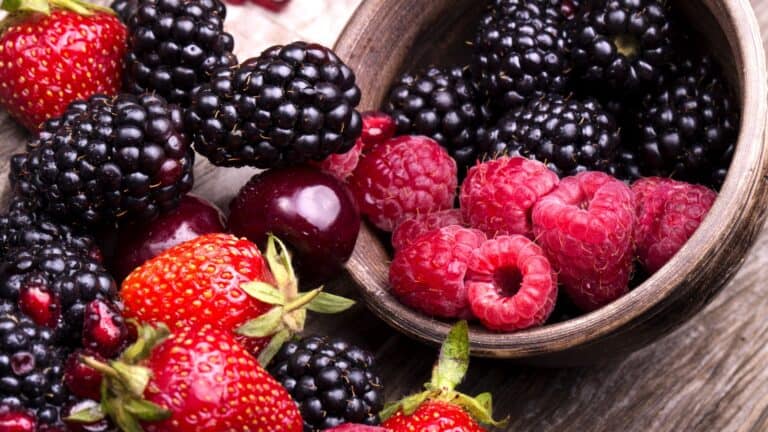I have no electricity or potable water, what can I feed my family?
Weather extremes damage the infrastructure of our cities and towns, as this week in Texas and Vermont, where entire sections of these states are without electricity or running water. So, what can you do to prepare for these increasingly common occurrences? How do you feed your family when there is no electricity or running potable water? When you have no electricity or potable water, feeding your family can be challenging but manageable with proper planning and the right supplies.
There are many online resources with in-depth information on this topic, and we list several of our recommended resources at the end of this article. But for a quick review we here are some strategies and food options to consider:
Non-Perishable Food & Beverages

With an increase in unstable weather patterns, it is more important than ever to keep potable water and non-perishable foods on hand.
Water

Water is your #1 consideration. It makes sense to have a good quantity on bottled still water. The U.S. Food and Drug administration regulates bottled water and while it does not require a shelf life, a date is listed mostly due to degradation of the plastic the bottles are made from. Especially if exposed to heat, the recommended storage time is two years for still water.
Canned Goods

Keeping a variety of canned goods on hand means you never have to go hungry. Consider:
- Canned Meats and Fish: Tuna, chicken, sardines, and ham can be eaten straight from the can.
- Canned Vegetables and Beans: These can be consumed cold or mixed into salads.
- Canned Fruits: Opt for those packed in juice rather than syrup for a healthier option.
- Canned Soups and Stews: Ready-to-eat soups and stews can be consumed without heating, though they may taste better warmed.
Dry Goods

There are plenty of products that have a long shelf life and would be welcomed when electricity is down:
- Peanut Butter & Nut Butters: A versatile and protein-rich option that pairs well with bread, crackers, or fruits.
- Jams & Jelly: While these do not offer great nutrients, they will make eating peanut butter more enjoyable!
- Crackers and Bread: Whole-wheat crackers and bread can be stored without refrigeration.
- Breakfast Cereals: Choose those that can be eaten dry or with shelf-stable milk.
- Shelf-Stable Milk & Alt Milk: You can keep dairy milk as well as alt milks in the cupboard in UHT packaging. UHT or ‘long-life’ milk typically lasts six to nine months in the pantry unopened. Buy single serve, if possible.
- Nuts and Seeds: These are nutritious and have a long shelf life.
- Dried Fruits: Raisins, apricots, and other dried fruits are good for snacking and adding to meals.
Ready-to-Eat Meals

There are ready-to-eat, nutrient dense meals available for long term storage.
- MREs (Meals Ready-to-Eat): These military-style rations do not require heating and often come with a flameless heater if needed.
- Survival Bars: High-calorie bars designed for emergencies can be a quick source of energy.
No-Cook Meal Ideas

There are ways to “make meals” with no cooking at all.
- Tuna Wraps: Combine canned tuna, or pre-seasoned tuna pouches and wrap in tortillas.
- Bean Salad: Mix canned beans with canned corn, jarred salsa, and a bottled salad dressing.
- Overnight Oats: Soak rolled oats in water overnight and add peanut butter, dried fruit, and cinnamon in the morning.
- Banana Wraps: Spread peanut butter on a tortilla, add a banana, and roll up for a sweet and nutritious meal.
Snacks

You can make snacks from items you have stored. Note that some of these items need to be consumed once opened, as they will not store without refrigeration, like salsa.
- Trail Mix: Combine nuts, seeds, dried fruit, and chocolate chips for a healthy snack.
- Energy Bars: Store-bought or homemade bars can be a quick and easy option.
- Bagged Chips: Keep some corn chips on hand, which can be eaten with salsa.
- Jarred Salsa: Once opened this would have to be used up but will go with the chips very well.
Food Safety and Preparation

Staying clean should be a priority. Take the time to try and keep yourself and your environment sanitized.
Cleaning and Sanitizing

- Use bottled water for washing hands and cleaning utensils. If running water is unavailable, use bottled water and soap.
- Sanitize surfaces and utensils with a solution of 1 tablespoon of unscented liquid chlorine bleach per gallon of water.
Storing Food

- Keep perishable foods in a cooler with ice if the power outage is temporary. Group foods together in the freezer to keep them cold longer.
- Store food on shelves that are safe from potential flooding.
A Note On Coolers & Cooling

In planning for a 5 day summer trip, I researched coolers, as well as how to maximize packing them. We found a Coleman that was highly rated, as well as learned what cold packs and packing techniques will keep food cold for days.
This cooler is our cooler of choice (even more so than the very pricey Yeti), and these cold packs worked like a charm. This article on How To Pack a Cooler For Maximum Cooling will take you through it step by step. Don’t forget a thermometer to monitor the temperature of your food for safety.
Alternative Cooking Methods

When there is no electricity there are still cooking options using bottle propane, butane, sterno, charcoal, hardwood and even solar.
Indoor Cooking Methods Options

- Fondue Pot or Chafing Dish: These can be used indoors with appropriate fuel.
- Sterno Stove: Safe for indoor use, these can heat small meals or boil water.
Outdoor Cooking Methods Options

- Camp Stove: Use outdoors only. Propane or butane stoves are effective but require careful handling.
- Charcoal or Gas Grill: Suitable for cooking meats and vegetables outdoors.
- Solar Cooker: Utilizes sunlight to cook food, ideal for sunny days.
Emergency Food Supplies

Consider purchasing emergency food supplies like Ready Hour Emergency Meals or Compact Provisions BP-5s, which are designed for long-term storage and do not require cooking.
Preparedness Resources

Here are some sources for you to help you be prepared. These sites are generally considered reputable sources in the prepping and emergency preparedness community, offering a mix of practical advice, product reviews, and in-depth information on various aspects of preparedness.
- American Red Cross – Trusted organization providing emergency preparedness guidance and disaster relief.
- Ready.gov – Official U.S. government site for emergency preparedness information and resources.
- The Survival Mom – Family-focused preparedness site with practical advice for parents.
- The Prepared – Comprehensive prepping website with evidence-based advice and product reviews.
- Survival Blog – Long-running prepper blog with a wealth of information on various preparedness topics.
- The Organic Prepper – Popular prepping site focused on self-reliance and practical preparedness.
- Modern Survival Online – Comprehensive site covering many aspects of prepping and survival.
- Survival Sullivan – In-depth articles on survival skills, gear reviews, and preparedness.
- Urban Survival Site – Prepping information tailored for those living in urban environments.
The Takeaway

By stocking up on these non-perishable items and knowing how to prepare meals without electricity, you can ensure your family stays nourished during an emergency. We know this means planning ahead of time, but climate change has shown us that being prepared has taken on more urgency than ever before.
Keep Your Kids Safe: How To Spot And Prevent Dehydration

To prevent dehydration in children during hot weather, it’s essential to ensure they stay well-hydrated and take appropriate measures to avoid excessive fluid loss. We have strategies for keeping kids’ hydrated, as well as symptoms to look out for that signal dehydration. READ: Keep Your Kids Safe: How To Spot And Prevent Dehydration
How To Protect Your Dog From Heat Stroke This Summer And What NOT To Do!

Summer is here and it’s essential to prioritize your dog’s safety and well-being by taking proactive steps to prevent overheating. Dogs are more susceptible to heat-related illnesses due to their inability to sweat like humans, making it crucial for pet owners to be aware of the signs, prevention methods, and emergency procedures to ensure their dog stays cool and healthy. In the most serious cases of canine dehydration, severe fluid shortage can lead to the failure of the kidneys and other organs.
In addition, we keep seeing posts, on Facebook in particular, that have incorrect, and even dangerous information. All of the information here is evidence-based.
READ: How To Protect Your Dog From Heat Stroke This Summer And What NOT To Do!
Join Us

Join us on this empowering journey as we explore, celebrate, and elevate “her story.” The Queen Zone is not just a platform; it’s a community where women from all walks of life can come together, share their experiences, and inspire one another. Welcome to a space where the female experience takes center stage. Sign up for our newsletter so you don’t miss a thing, Queen!







